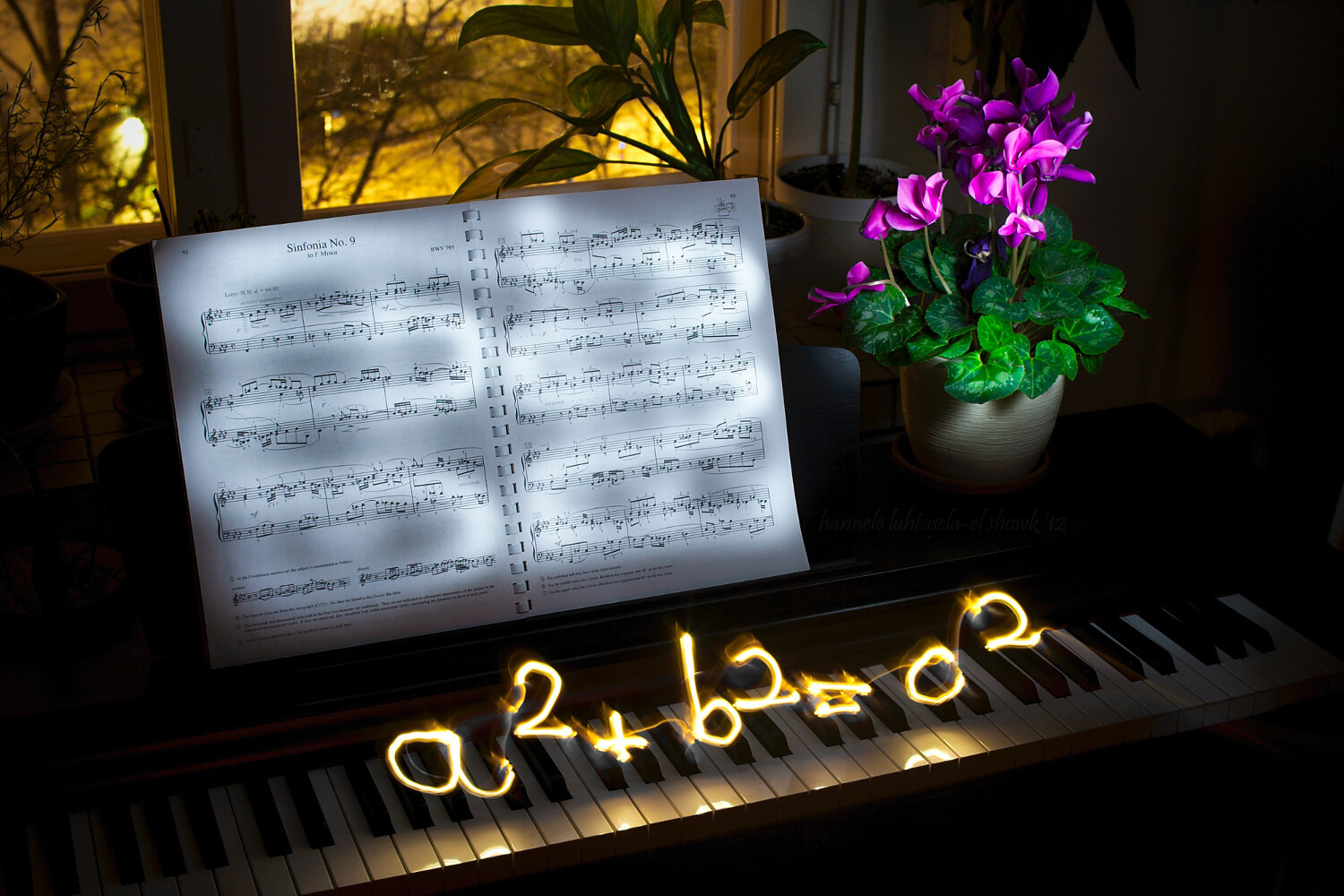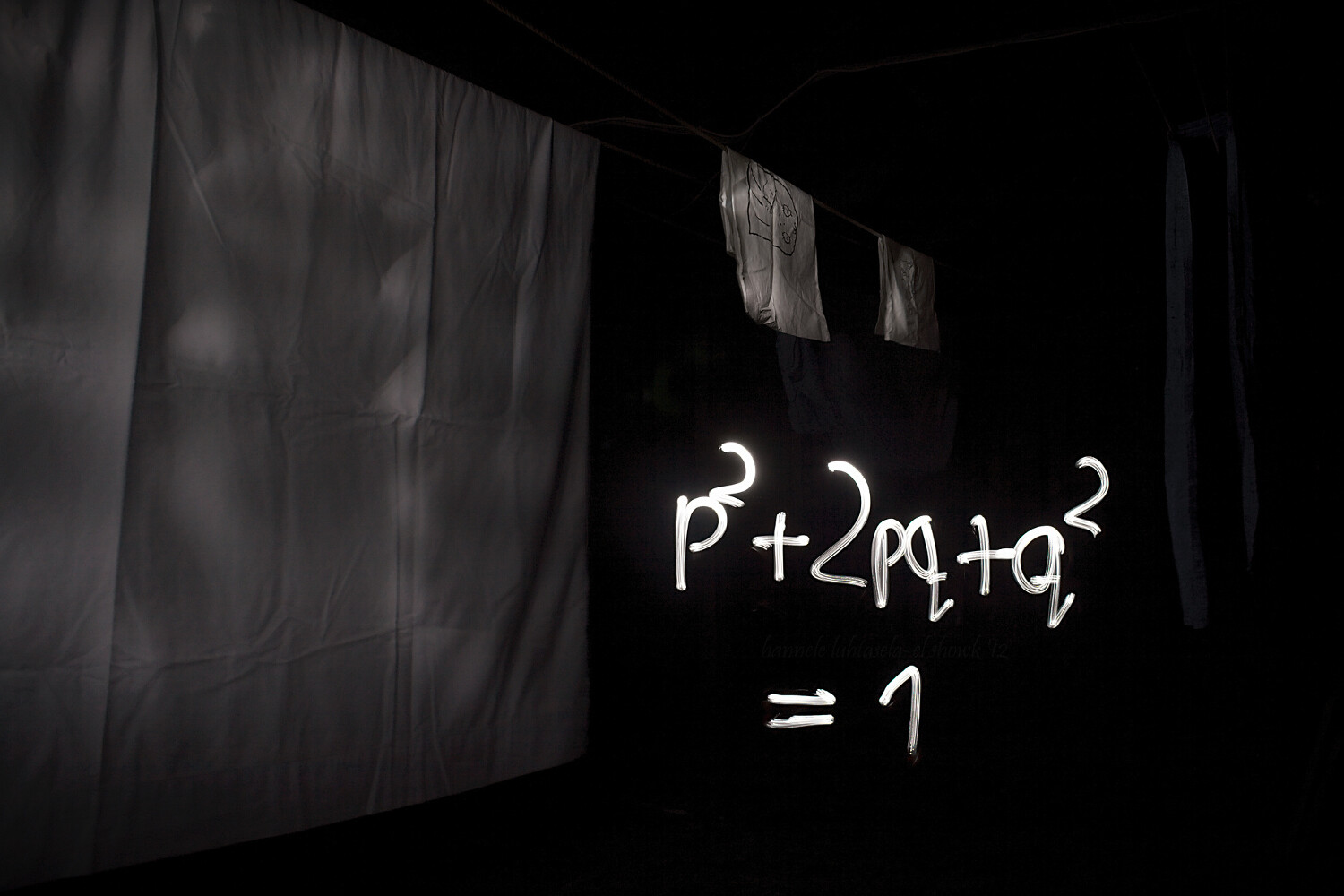The post Beginner’s Guide to Light Painting appeared first on Digital Photography School. It was authored by Bruce Wunderlich.

Do you want to use light painting for stunning results? Do you want to discover all the ins-and-outs of light painting so you can create otherworldly images at night?
You’ve come to the right place.
In this article, I’m going to share everything you need to know about light-painting techniques.
And by the time you’re done, you’ll be able to light-paint your images with ease!
Let’s dive right in.

What is light painting?
Light painting is a photography technique that uses a moving light source (e.g., a flashlight) to add light to a subject while taking a long-exposure photograph. A scene or object can be brought to life by painting with a beam of light.
When light painting, you, the photographer, become an entirely different kind of artist. Instead of just capturing an image as it’s presented, you create the image that the camera is capturing.
Now, light painting may take lots of patience and practice to perfect, but the results can be very rewarding.
And it’s important to recognize the simplicity of lighting painting – it’s a lot like any low-light photography, except you are putting an external light source in motion to enhance an image.
Let’s take a look at some of the basics for beautiful light painting photography.

Tools for light painting
Before you start doing light painting, you’ll need to make sure you have the proper tools:
- Camera – Any digital camera capable of manual settings (including Bulb mode).
- Tripod – One of the most important tools to produce light paintings. In most cases, your shutter is going to be open for several minutes, and it is very important that your camera does not move during the exposure.
- Shutter release – Either use a cable release or a remote shutter release to begin your exposure. If you don’t have either of these, use your camera’s self-timer function to initiate the shot. It is very important that you never touch your camera or tripod during the exposure.
- Stopwatch – A stopwatch or some other way of timing your exposures is helpful, since most light-painting exposures will use Bulb mode.
- Light source – Many different types of lights can be used for light painting. These light sources are your “brushes” and may include flashlights, torch lights, lasers, glow sticks, flashes, cell phones, and even candles. Just about anything that can produce light can be used for light painting. Note that different light sources will produce different colors of light. For example, an LED light source will produce a cooler (blue) colored light, while a halogen source will produce a much warmer (orange) colored light.
- Color gels – Color gels can be used to alter the tint of your light and add color to your painting.

Camera settings
Now let’s take a look at the best camera settings for light painting:
- Mode – Shoot in Manual mode, which allows you to set your shutter speed and aperture.
- Image quality – Set your image quality to RAW, which allows you to capture as much information as possible. (This is not a necessity, but it is an important recommendation.)
- White balance – If you want to balance out your artificial light source, choose either the Incandescent or Tungsten white balance setting. However, sometimes experimenting with other white balance settings can produce some interesting light effects. Daylight white balance is a good starting point if you want to maintain the original colors of your artificial light sources. Auto White Balance is not recommended.
- ISO – Use a low ISO, such as 100.
- F-stop or aperture – Stop down to f/8 or f/10, which allows you to get more depth of field and enables you to use a longer shutter speed.
- Shutter speed – Set your shutter speed to Bulb mode (your final shutter speed will be determined by the amount of ambient light in the scene).
- LCD brightness – Lower the brightness of your LCD preview, because the normal setting is too bright at night and will make your image look bright when it’s actually underexposed.
- Histogram – Use your histogram to check your exposure. If the histogram skews heavily to the left, your image is going to be too dark.
- Blinkies – Turn on your blinkies (a highlight warning) to help you determine if your highlights are exposed properly. It is perfectly acceptable for your brightest highlights to be slightly clipped if the rest of your image is properly exposed.
- Image stabilization – Set this to Off. With your camera on a tripod, having image stabilization turned on can actually fool your camera or lens and cause blurring in your image.
- Long exposure noise reduction – The recommended setting is Off. This can be set to On, but it will cause your exposure time to double (because the camera takes a second black exposure to help remove noise). If your camera is set to a reasonable ISO, the noise level will be low enough in most cases that in-camera noise reduction is unnecessary. Still, it is a good idea to check your noise levels in advance, and some older cameras may require this setting to be On to get acceptable noise levels.

30 seconds | f/16 | ISO 100.
Begin with ambient light
The first step – before the actual light painting – is to determine the correct exposure for any ambient light in your scene.
Unfortunately, determining base exposures can be time-consuming when you’re experimenting with three- to four-minute shutter speeds.
Here’s a little trick that can help expedite this process:
- Set your ISO to six stops higher than the ISO you plan to ultimately use. For example, if you are planning to shoot at ISO 100, set your ISO to 6400.
- With your camera set to ISO 6400, experiment to find out how many seconds you will need for a nice exposure. Every second of exposure at ISO 6400 is equal to one minute at ISO 100.
- Once you’ve determined the proper shutter speed at ISO 6400, set your ISO back to 100 and prepare your exposure in minutes instead of seconds. (Many camera’s lowest ISO is 200, so 6 stops higher would be ISO 12800. And if your camera’s lowest ISO is 50, six stops higher would be ISO 3200.)

Focusing
Correctly focusing your camera is an important step – and in the dark, it can sometimes be difficult to pull off. The simplest way to get perfect focus is to shine a light source at a spot in your scene that you’ve determined must be in focus.
Then, using autofocus, focus on the light.
Finally, switch your lens from autofocus to manual focus (so that your focus point won’t change).
But remember:
If you move the camera, you must turn your autofocus back on and refocus.
(Back button focusing is another great way to achieve focus when light painting.)
The exposure
At this point, you should have determined your exposure time, and your camera should be focused on your subject.
So now it’s time to begin your exposure and start painting!
Most cameras allow you to set exposures of up to 30 seconds. For exposures over 30 seconds, set your shutter speed to Bulb. Use your cable release or remote to trigger your shutter button. Your shutter will remain open until you press the release again. Use your stopwatch, or the timer on your phone, to time the exposure length.

Painting techniques
Light painting is subjective, so you’re free to approach it however you like.
But here is some advice for getting the most impressive results:
- Paint from the sides – Don’t just stand behind your camera and wave the light across your image. Painting flat surfaces from the side will allow you to bring out textures.
- Use lots of different angles – For instance, when painting the ground, hold the beam low and pan the light along the floor. This will keep the ground from appearing flat, and it’ll bring out all the details of the surface. Also, by adding light from many angles, the resulting image will have an interesting three-dimensional effect.
- Don’t stand between the camera and your light source – If you do this, you will show up as a silhouetted ghost in the final photo!
- Wear dark, non-reflective clothing and keep moving – Again, you do not want to appear as a ghost in your image!
- Don’t shine the light source back at the camera – Otherwise, you’ll create a bright spot in the image.
- Use a flashlight with a red filter when you check your camera to make adjustments. The red light will keep you from ruining your night vision.
- Different surfaces are going to react to light differently – Wood surfaces may require more light than shiny surfaces such as metal or glass, because rougher surfaces absorb more light than smooth surfaces.
- Keep your light moving – Move the beam in slow strokes to add lots of light and make faster strokes in areas where less light is needed.
- Paint in up-and-down or side-to-side strokes, just like you’d work with real paint.
- You probably won’t get the shot you want on the first try – It may take multiple attempts to get an image that you’re satisfied with. For this reason, try to keep track of how much light you add to each surface. Develop a plan so that you can make adjustments to each exposure until you get the image you’ve visualized.
A beginner’s guide to light painting: Conclusion
I’ve shared lots of tips and techniques to get you started with light painting, but there is so much more you can do with the medium! Be creative and fearless about trying new things.
Once you start to get the hang of light painting, there is no limit to the images you can create – all you need is a camera and a few creative light sources.
Now over to you:
Which of these light painting tips is your favorite? Have you tried light painting before? Do you have any additional tips or tricks for great light painted photos? Share your thoughts in the comments below!
The post Beginner’s Guide to Light Painting appeared first on Digital Photography School. It was authored by Bruce Wunderlich.



































































You must be logged in to post a comment.